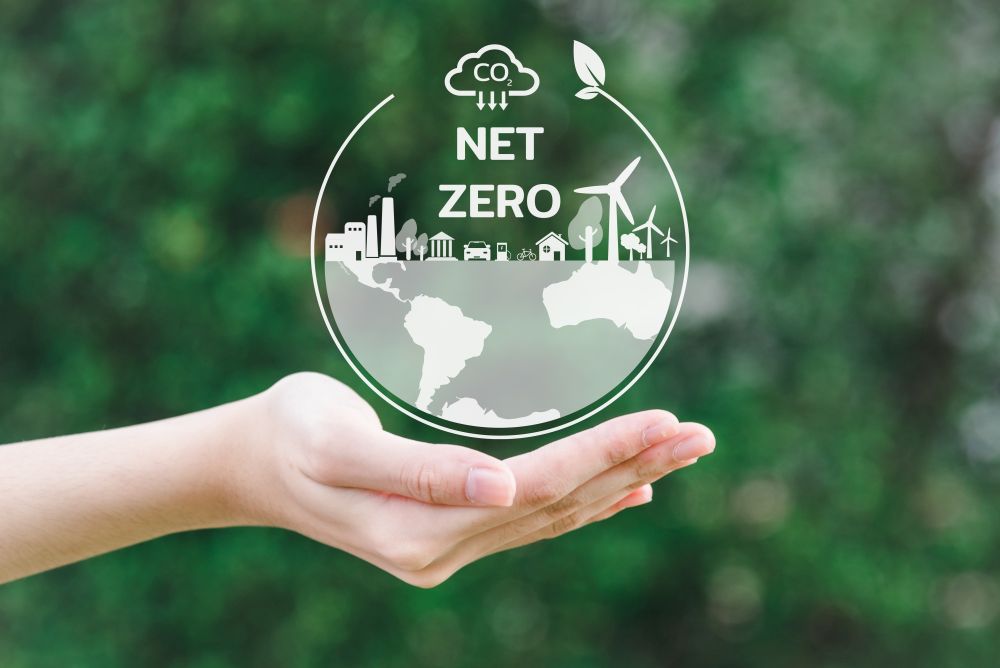(Source: www.vecteezy.com)
India’s energy transition towards net-zero emissions would require a spend of about $15 trillion (at current prices) between 2022 to 2070. This was the finding of a report prepared by Deloitte India and the Federation of Indian Chambers of Commerce and Industry (FICCI).
This translates to an annual average spend of $300 billion though practically the outlay is bound to be much higher in the initial years. Towards this end, the report has suggested financing models that could attract private investments and bridge the funding gap.
It said the energy transition of a country with diverse user-base that comprises a majority of rural countryside, requires it to be built on grid decarbonization, industrial decarbonization and transport transition, with the latter likely to be the most costly of the three. If the government takes the right steps now, it could address as much as 90% of the current emissions.
The FICCI-Deloitte report projects the country’s final energy demand in 2070 to double from its levels in 2020 to 1,200 million tonnes of oil equivalent (MToE) with the industrial sector contributing 65% to 70% of the demand and passenger and freight demand growing three to five times. However, large scale EV demand could moderate result in better efficiencies.
Electricity, which contributed 18% to the final energy mix in 2020 could touch 50% by 2070 though over 2,000 GW of grid-scale renewable energy (wind and solar) and another 1,000 GW from green hydrogen will be needed to achieve net-zero emissions by the terminal year. In other words, we are talking capacity addition of 50GW each year in renewables as against the 15 to 20 GW achieved annually.
The report highlighted industrial decarbonization as a crucial factor that could lead to a reduction of about 30% of energy-related emissions, with hydropower and nuclear power playing a crucial role in the supply-side transition. Besides hitting peak hydro potential of 140 GW, India may need to import more from Nepal and Bhutan.
India accounts for primary energy consumption of 880 MToE with industry and transportation contributing a lion’s share of 85% of energy-related Greenhouse gas emissions. Being a signatory to the COP27 summit at Egypt in 2022, the country needs to reduce emissions to meet 50% of its power generation capacity via non-fossil fuel sources by 2030.
“Energy transition would require extensive collaboration between the central government, state governments, industry stakeholders and academia. A decisive policy push and regulatory enablers are critical for adopting new technologies. The private sector’s participation in this aspirational journey is an absolute must,” says Anish Mandal, who authored the report and is a Partner at Deloitte India.
Industrial decarbonization needs to be reduced by 30% with steel, cement, aluminum and fertilizer industries accounting for 70% of this number. For this, enterprises must take a broad-based approach to reduce carbon footprint through use of green hydrogen, and carbon capture and storage for the cement industry.
As for the transport sector, transition to low-emission tech such as battery vehicles, fuel cell EVs and hydrogen combustion engines need to replace fossil fuels. These could be made possible only through a wide rollout of charging infrastructure and efficient urban planning.



